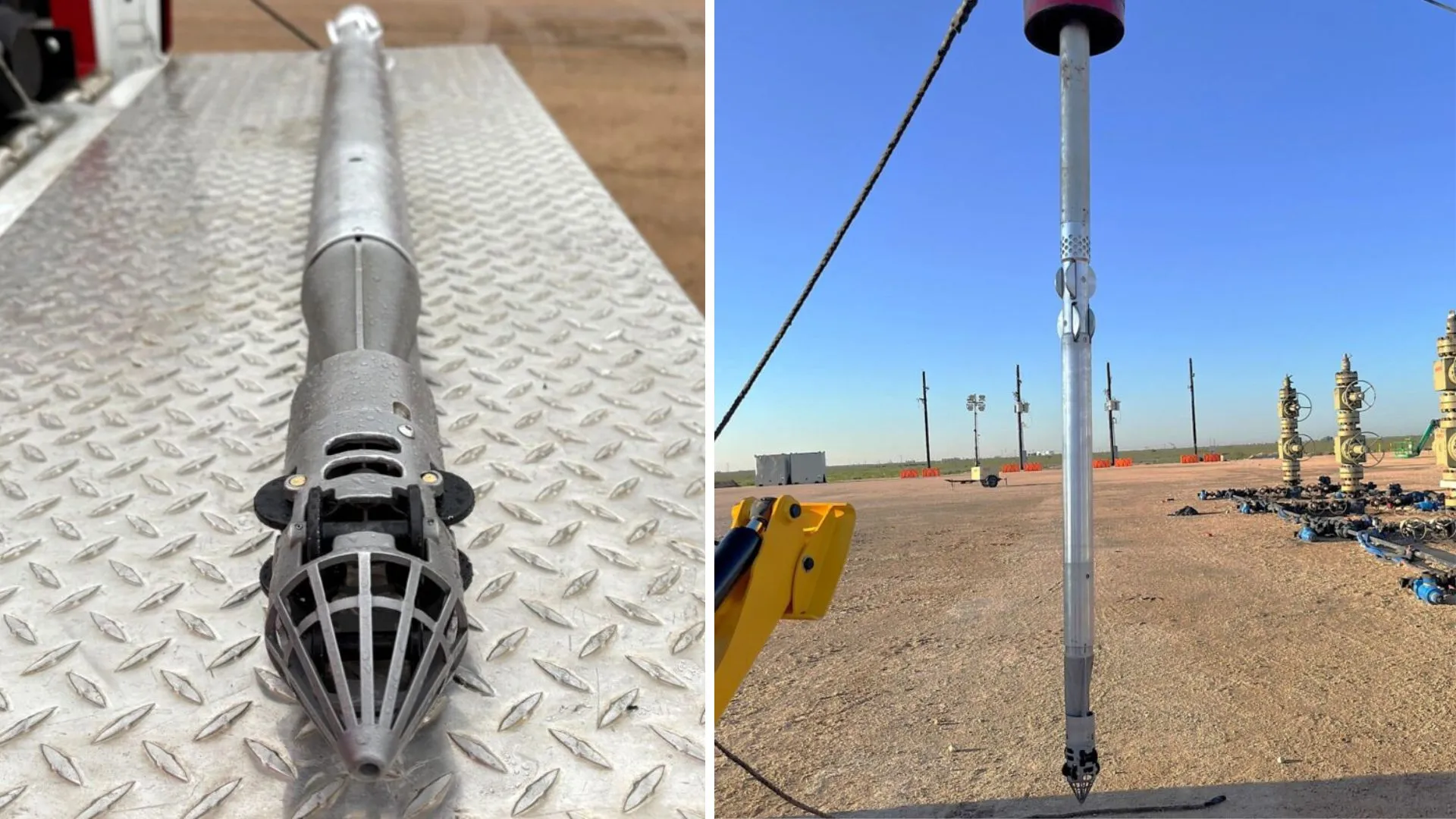Copyright Interesting Engineering

A UK company has successfully tested an advanced diagnostic technology in the US that offers faster, safer, and more efficient fiber-optic deployment. WellSense’s FiberLine Intervention Conveyance System (FliCS) uses jet propulsion and battery power to deploy bare fiber rapidly into complex, highly deviated wells. Tested in the Permian Basin in August 2025, the system delivered a 25,000-ft Fli probe into a 19,000-ft horizontal well in just 50 minutes—about ten times faster than conventional pump-down methods. “FliCS will provide well operators a cost-effective, low-risk well surveillance solution for horizontal wells for the first time,” said Annabel Green, CEO at WellSense, in a statement. In March, Penn State researchers proposed storing renewable energy in depleted oil and gas wells using compressed air, reducing costs and addressing environmental concerns about abandoned wells. Next-gen fiber logging FliCS is a jet-propelled, battery-powered platform representing a major advance in fiber-optic well diagnostics. The lightweight conveyance system is designed to rapidly deploy bare optical fiber into complex, highly deviated, or horizontal wells without requiring conventional pump-down or tractor-assisted operations. FliCS is triggered by a magnetic switch and powered by small onboard batteries at launch. Its jet-drive propulsion system, when deployed, creates thrust by accelerating well fluids via an impeller unit, which moves the probe through the wellbore. The apparatus de-spools optical fiber as it travels, allowing high-resolution distributed fiber-optic sensing (DFOS) to monitor temperature, strain, and acoustic data in real time along the well’s length. The prototype machine showed remarkable speed, deploying up to 25,000 feet of fiber in little over an hour, which is around 10 times quicker than the average of 35 feet per minute for traditional tractor conveyance methods. FliCS uses less fluid and operates at about 350 feet per minute, drastically reducing operating time and expense. In addition to speed and efficiency, FliCS enhances safety and operational flexibility. The system’s lightweight, non-metallic components pose negligible risk to future well interventions, as they can be left safely in the toe of the well or pushed to the bottom if retrieval is unnecessary. “While it will have many applications in well integrity, it also enables a major expansion of injection profiling capabilities. This has global application, providing performance data to optimize water injection for effective pressure support and oil displacement,” said Green, in a statement. Low-impact deployment Wellsense highlights that its Fli solutions are designed for versatility, supporting a broad spectrum of well applications such as production optimization, well integrity evaluation, stimulation monitoring, and abandonment planning. Their low-impact deployment method suits them particularly for remote and environmentally sensitive sites, where conventional intervention equipment may be impractical or disruptive. The Fli Dynamic De-Spool can be deployed into live wells without the need for a rig or heavy intervention systems, significantly reducing operational complexity and cost. The probe is lowered manually or through a simple hydraulic release mechanism, allowing for rapid mobilization and minimal interference with ongoing operations. In practical deployment, the system’s simplicity enables a single engineer to complete the entire process in under an hour. Data acquisition begins immediately once the fiber enters the well, ensuring real-time insights into well performance. Depending on the depth and conditions of the well, most surveys are completed within a single shift. According to the firm, the streamlined approach enhances efficiency, reduces downtime, and delivers high-quality data faster, making Fli Technology an ideal solution for operators seeking safe, reliable, and cost-effective well monitoring and diagnostic capabilities across various environments. “Our next step is to deliver our first, multi-unit, prototype order while developing a slimmer model for deployment through smaller tubing. We’ll be maturing the technology ready for commercial launch early next year but actively engaging with customers at ADIPEC and beyond to discuss opportunities,” said Green, in a statement.



